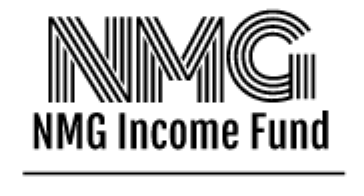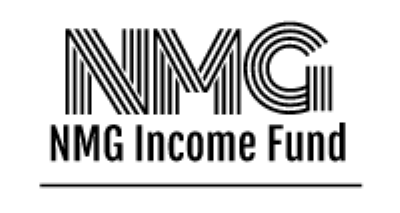Moody’s and S&P aren’t just handing out grades—they’re signaling a deeper loss of faith in America’s ability to manage its finances.

On May 16, 2025, Moody’s Investors Service downgraded the U.S. Treasury’s credit rating from Aaa to Aa1, sending a clear signal: doubts about America’s long-term fiscal health and political gridlock are getting too big to ignore. For decades, U.S. Treasuries were as close to “risk-free” as it gets, but that reputation is looking shakier by the year.
Moody’s had already sounded the alarm back in November 2023. The problem wasn’t just that federal debt had blown past $33 trillion or that annual interest payments were creeping toward $1 trillion. The real issue was that Washington kept lurching from one debt ceiling fight to the next, with no serious plan to tackle deficits. Moody’s didn’t pull the trigger on a downgrade right away, but the threat was hanging in the air: without meaningful reform, the top rating wouldn’t last.
The U.S. has faced this kind of scrutiny before. In 2011, Standard & Poor’s stunned the financial world by cutting America’s debt from AAA to AA+ after a particularly ugly debt ceiling battle. The message then was similar—debt was rising, but the bigger problem was dysfunction in Washington and a lack of any credible long-term strategy. By 2023, S&P stuck with its AA+ rating, again pointing to ongoing governance issues.
So far, markets have taken these warnings in stride. But there are real signs of change. Treasury yields have gotten jumpier after each downgrade or close call. The cost to insure U.S. debt—measured by credit default swap spreads—has shot up from the low single digits before 2020 to more than 50 basis points by mid-2025. Foreign governments and central banks, once happy to pile into Treasuries, are starting to look elsewhere, fueling talk about “de-dollarization.” For the first time in recent memory, investors are demanding a genuine risk premium to hold U.S. government bonds.
The stakes go far beyond Washington’s borrowing costs. If Treasuries lose their “risk-free” status, the ripple effects will hit everything from the price of global assets to the flow of capital around the world—and even the dollar’s role as the world’s reserve currency. Countries like Germany and Canada, with top-tier ratings, are starting to look more appealing by comparison.
Moody’s and S&P aren’t just updating grades; they’re warning that faith in America’s ability to manage its finances is slipping. As the U.S. keeps running big deficits in a world where rates are higher, Treasuries’ reputation as the ultimate safe haven is under threat. The fallout will touch asset managers, global markets, and anyone with a stake in financial stability.


